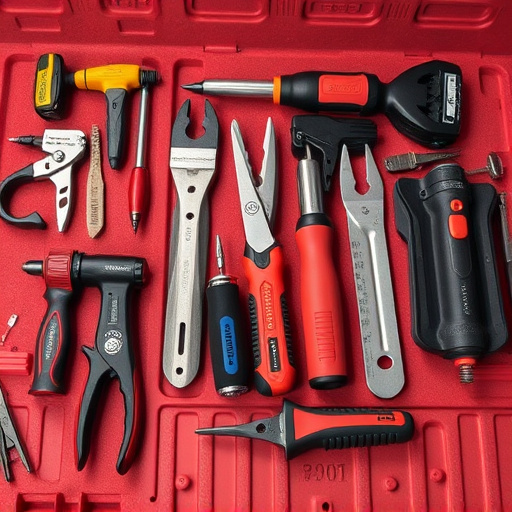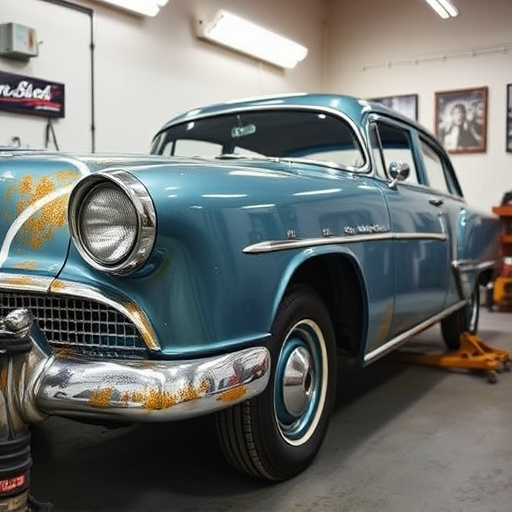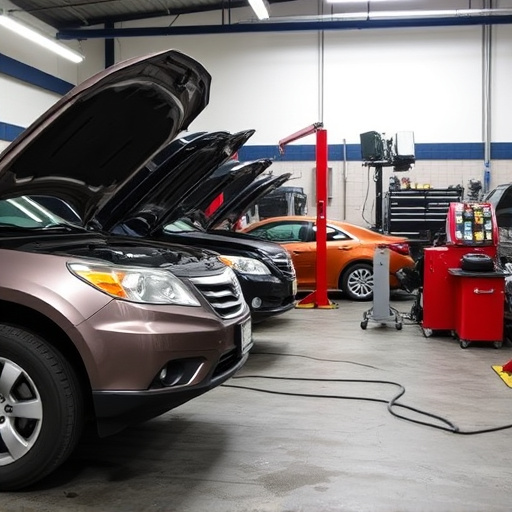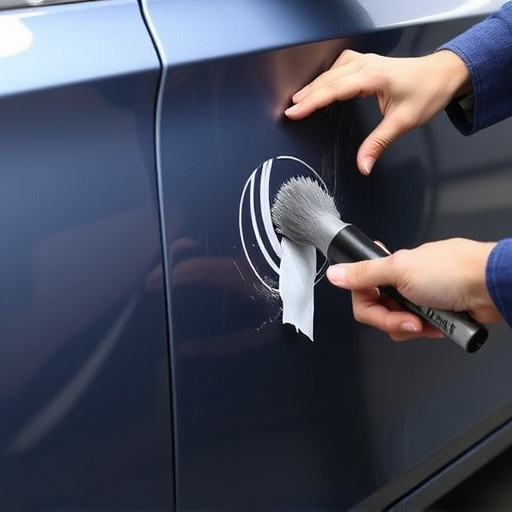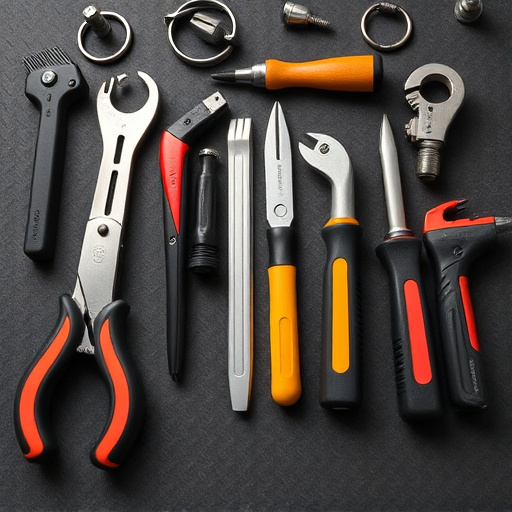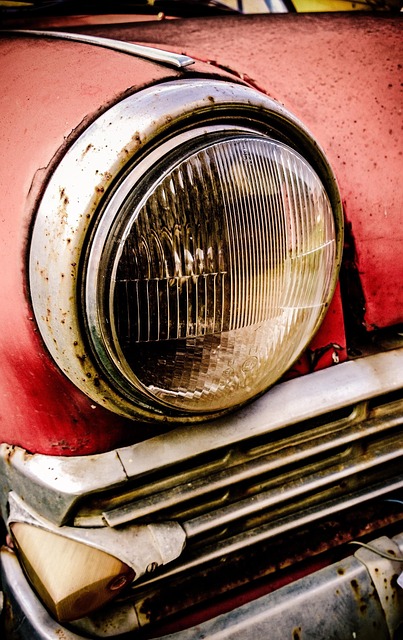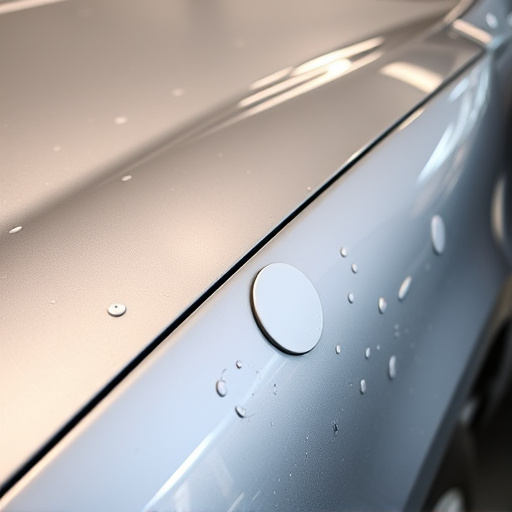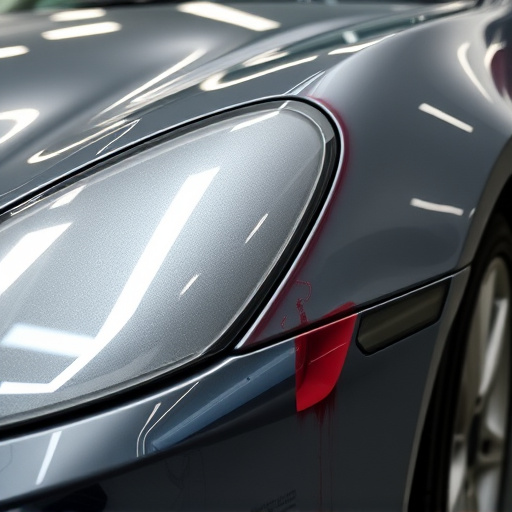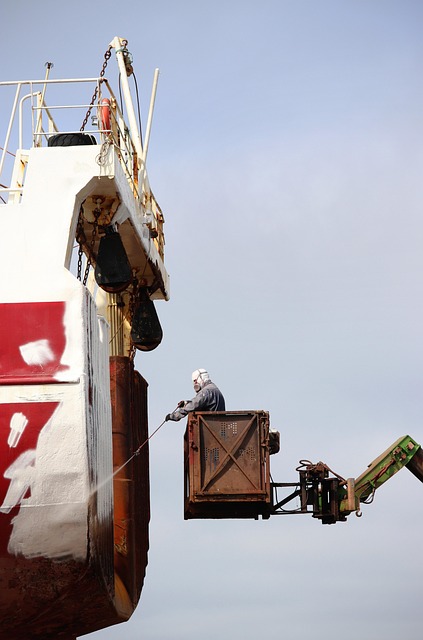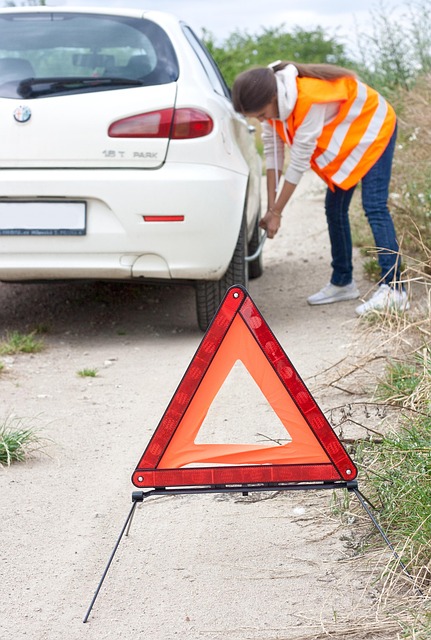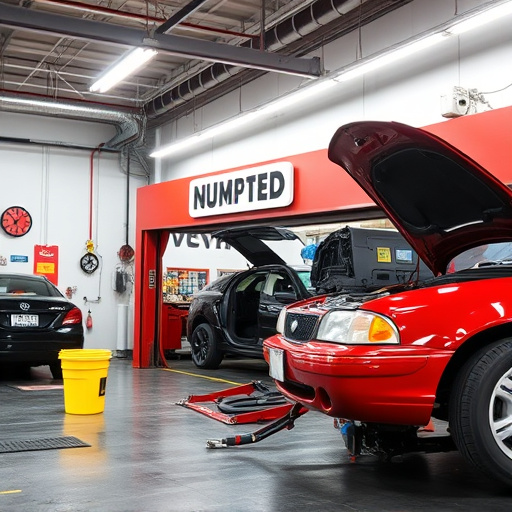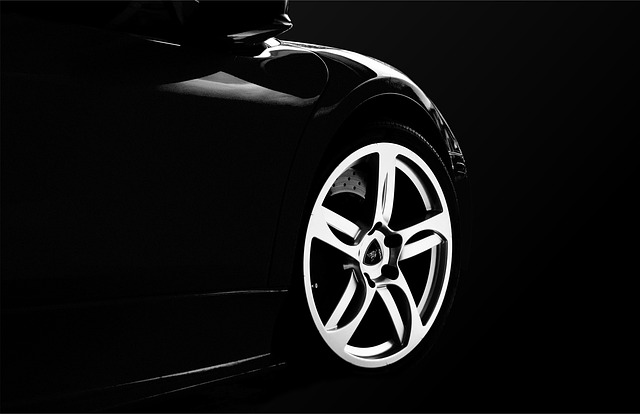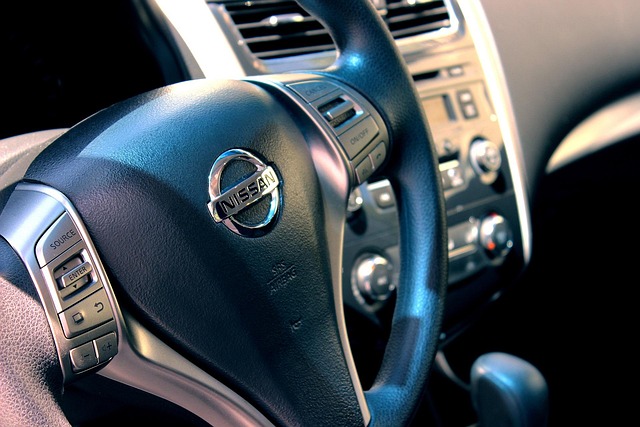Paintless Dent Repair (PDR) is a cost-effective, non-invasive method to fix hail damage on cars without painting or replacing parts, preserving the factory finish. Comprehensive auto insurance policies often cover PDR for hail damage, making it a convenient option to restore vehicles' pre-incident appearance with minimal hassle and out-of-pocket expenses. Before claiming, review your policy, contact your insurer, and schedule an appointment at a specialized PDR vendor.
“Protecting your vehicle from the destructive power of hailstorms is crucial, especially with the increasing frequency of these events. This article explores the intricate world of PDR for hail damage coverage and repair options. We’ll guide you through the process, starting with an understanding of this specialized insurance concept. Next, we delve into common insurance policies that cater to such repairs, followed by a step-by-step navigation of claims. By the end, folks seeking PDR for hail damage solutions will be equipped with valuable knowledge.”
- Understanding PDR for Hail Damage Coverage
- Common Insurance Policies for Repairs
- Navigating Claims: Steps and Options
Understanding PDR for Hail Damage Coverage

PDR for hail damage refers to Paintless Dent Repair, a process that involves removing dents and dings from vehicle bodies without painting or replacing parts. This non-invasive method has gained popularity due to its effectiveness in restoring car aesthetics while saving time and money compared to traditional auto repair. It’s particularly useful for addressing the common issue of hail damage, which can leave unsightly marks on car bodies.
Understanding PDR involves grasping how it works—a skilled technician uses specialized tools to gently press damaged areas back into their original shape. This technique preserves the factory finish, making it ideal for minor cosmetic issues. Many auto insurance policies cover PDR for hail damage, recognizing its benefits in terms of both cost and efficiency. For car owners, knowing this coverage option available at reputable auto repair shops can be a valuable part of regular auto maintenance routines, ensuring their vehicles’ pre-incident appearances are restored with minimal fuss.
Common Insurance Policies for Repairs

When it comes to dealing with hail damage on your vehicle, understanding your insurance coverage options is essential. Common insurance policies, such as comprehensive and collision coverage, often play a significant role in facilitating repairs. Comprehensive insurance, specifically designed to cover unforeseen events like hailstorms, can be a valuable asset for PDR (Paintless Damage Repair) services. This type of coverage is particularly beneficial if you prefer non-invasive methods like PDR for car paint repair over more extensive collision damage repair procedures.
By having comprehensive insurance, policyholders can have their PDR for hail damage work covered, ensuring their vehicles return to pre-damaged conditions. These policies typically cover a wide range of incidents, including hailstorms, which can result in significant dents and dings on cars. With the right coverage, you can access professional vehicle restoration services without incurring substantial out-of-pocket expenses, making it easier to maintain the aesthetics and value of your car.
Navigating Claims: Steps and Options

Navigating claims for PDR (Paintless Dent Repair) services following hail damage can seem daunting. However, understanding the process beforehand simplifies things significantly. The first step is to review your insurance policy to determine if hail damage is covered under comprehensive or collision coverage, as these typically include PDR services. If so, contact your insurance provider to file a claim and inquire about their preferred or approved PDR vendors.
Many insurers have partnerships with reputable collision repair centers or vehicle body shops specializing in PDR for hail damage. These centers are equipped with trained technicians who can assess the extent of the damage and determine if PDR is feasible. Upon approval, schedule an appointment at a convenient location. During the visit, the technician will perform the PDR service, ensuring your vehicle looks as good as new without extensive auto body repair that might leave a more visible mark.
When it comes to repairing your vehicle after hail damage, understanding your insurance coverage options through PDR for hail damage is key. By familiarizing yourself with common insurance policies and navigating claims effectively, you can ensure a smoother process and faster restoration of your vehicle. Remember, knowing your rights and the available repair methods like PDR can make all the difference in getting your car back to its pre-damaged condition efficiently.
